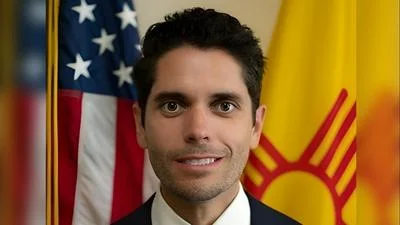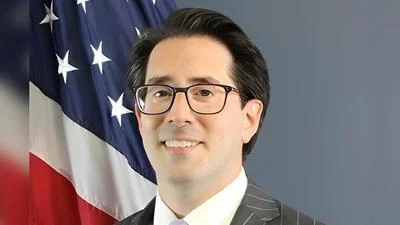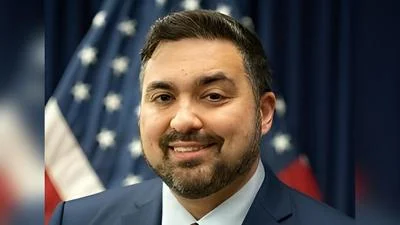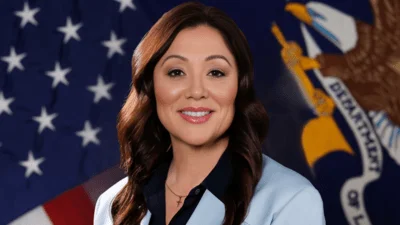One of the core missions of the EPA is one that I think we all agree with - for Americans to have clean air, clean land, and clean water. The EPA works toward this worthy goal through a variety of means, including partnerships with state and local governments, grants to states, non-profits, educational groups, and others, developing and enforcing regulations, studying environmental issues, teaching people-particularly students-about the environment, and through enforcement and compliance.
The EPA’s Office of Enforcement and Compliance Assurance (OECA) recently released its Fiscal Year 2018 EPA Enforcement and Compliance Annual Results and concerns have been raised regarding a decline in the 2018 numbers. While no one is disputing that some of the numbers from FY 2018 are lower than in years past, compliance is hard to measure, and you can’t simply measure compliance by the number of enforcement actions and the total amount of fines generated by the EPA each year. Therefore, I’d like to put some of these concerns into context.
First, there has been a steady decline in the number of federal inspections and evaluations conducted by the EPA since 2012 and there has been a steady decline in the number of civil enforcement initiations and conclusions for the past decade - the decline in these figures is not unique to this administration.
In addition, the EPA’s FY 2018 results show that EPA’s Voluntary Disclosure Program continues to see an increase in the number of facilities that voluntarily disclosed violations. FY 2018 saw a 47 percent increase in facilities self-disclosing violations over 2017, with 532 entities at over 1,500 facilities voluntarily disclosed violations pursuant to EPA’s self-disclosure policies. The dramatic increase in these self-reports is a good thing, demonstrating that business owners are trying to comply with the complex laws and regulations enforced by the EPA.
While there is a downward trend with some of these figures over the course of multiple administrations, some figures fluctuate drastically year to year. For example, the combined civil judicial and administrative penalties figure has fluctuated between$69 million and $252 million over the past three decades, not accounting for big spikes in years that contained big cases such as Volkswagen, and BP.
While we are only mid-way through fiscal year 2019, we already know that the numbers for this year will be high-EPA has already hit $262 million in combined civil judicial and administrative penalties this fiscal year. This is due in part to the resolution of the Fiat Chrysler case, which was settled just last month for more than $200 million, including the civil penalties, recall, and mitigation programs.
In addition, the average length of time it takes between when a case is initially brought to EPA and when it is settled can be two to three years, sometimes more. Solely focusing on a two-year window to assess overall enforcement and compliance trends simply doesn’t make sense.
Finally, I think it’s critical to today’s conversation to note the importance of EPA’s partnership and cooperation with the states and regions when it comes to enforcement. While EPA plays a critical role in the process, the majority of inspections and investigations, as well as the day-to-day work, are conducted at the state level. Under the theory of cooperative federalism, the states are the ones monitoring most of the enforcement, with the EPA stepping in if there is a failure at the state level or if there is a big and complex case that requires additional resources or expertise.
There appears to be a lot of pressure for the EPA to step in and handle cases that aren’t necessarily federal cases, but as a society we don’t typically do that with other issues. For example, the local or state authorities would handle most drug related offenses, and a federal entity, such as the FBI, would only step-in if the case was a larger complex case or one that crossed state lines - so why should environmental enforcement and compliance be any different?
In that vein, I’m encouraged by work that has been done by the Environmental Council of the States (ECOS) and their Cooperative Federalism initiative to improve the working relationship between state environmental agencies and the EPA, including a Compliance Assurance Workgroup that was established to find ways to improve the state-federal relationship in the context of compliance assurance. I think these are important partnerships that should be embraced and improved to ensure that we are working on environmental enforcement and compliance at all levels of government to work towards a common goal - a cleaner environment.
I want to thank the witnesses for being here today. I look forward to today’s conversation and hope that we can look at holistic ways to ensure and measure compliance, and I yield back.





